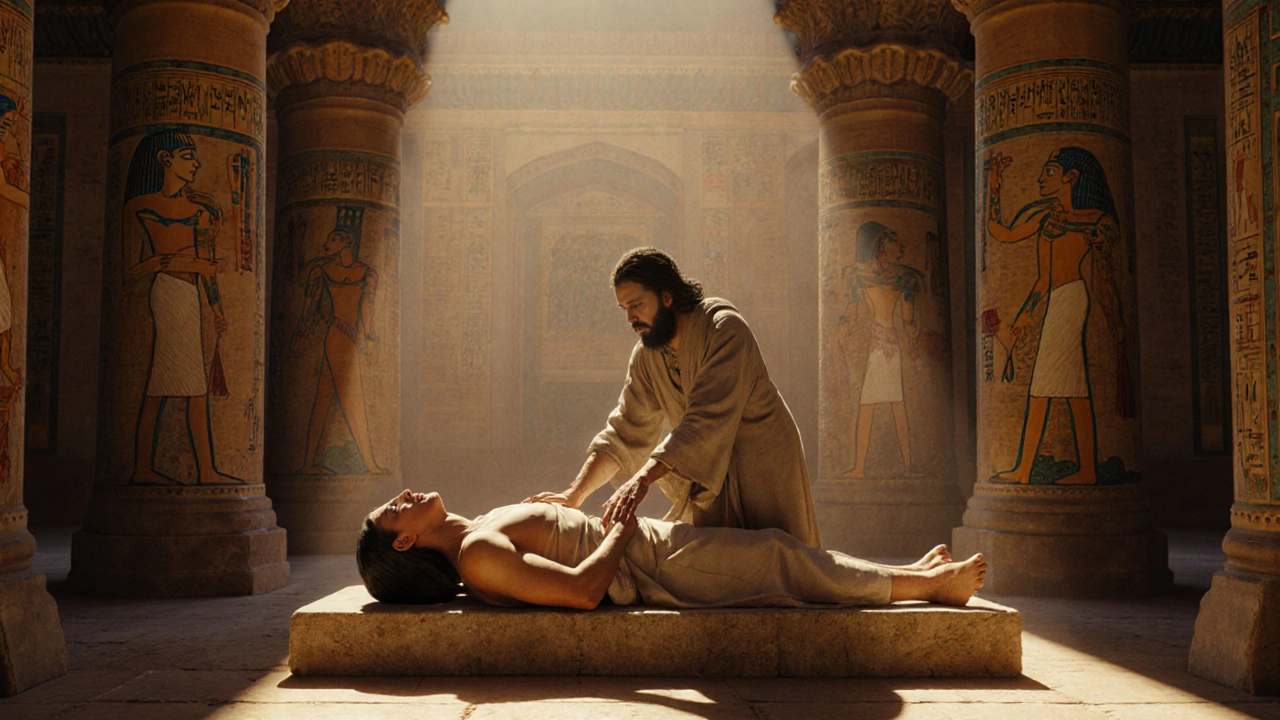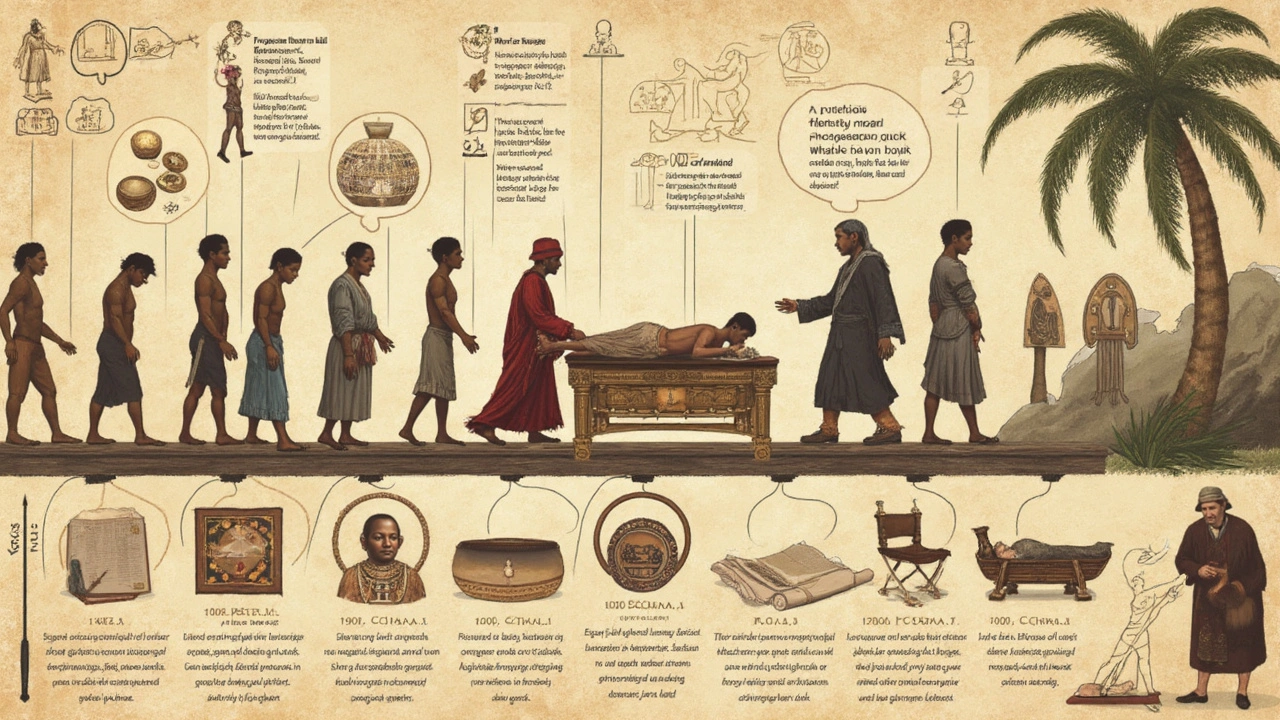Evolution of Massage: From Ancient Roots to Modern Wellness
Ever wonder why a simple rubdown feels so good? It’s not just luck – it’s the result of thousands of years of trial, error, and cultural exchange. From stone‑carved tables in Egypt to today’s app‑guided sessions, massage has constantly changed to match what bodies need.
When you hear "massage," most people picture a spa therapist working on tight shoulders. But the story starts far earlier. Archaeologists have found tools and murals in ancient China and India suggesting that priests used pressure points to calm nerves and boost circulation. In Greece, Hippocrates wrote about "rubbing" as a way to cure illness, and the Romans turned it into a public service with bathhouses offering full‑body treatments.
Ancient Beginnings: Healing Through Touch
Back then, massage wasn’t about luxury – it was about survival. Villagers used hands, wooden sticks, or heated stones to loosen muscles after a day of hunting or farming. The goal was simple: keep the blood flowing, reduce pain, and improve flexibility so you could work longer.
These early methods laid the groundwork for modern techniques. For example, hot stone massage, popular in today’s luxury spas, mirrors the heated rocks Romans rolled over clients. Indian head massage, which you’ll see in many London therapist listings, traces its roots to Ayurvedic practices that balance mind and body.
Today's Innovations: Science Meets Sensation
Fast forward to the 21st century – we now have data‑driven massage. Researchers at universities have measured how specific strokes lower cortisol, the stress hormone, and boost serotonin, the feel‑good chemical. This science has inspired new styles like lymphatic drainage, which targets the body’s waste‑removal system, and deep tissue techniques that focus on stubborn knots for athletes.
Technology is also shaking things up. Some London clinics use electro‑muscle stimulation or VR headsets to enhance relaxation. Mobile outcall services bring the same expertise to your doorstep, letting you enjoy a session without the commute.
So, how does this evolution help you choose the right massage? Think about your goal. Want quick stress relief? A short head massage or a quick hot‑stone session works wonders. Need long‑term pain management? Deep tissue or lymphatic drainage, backed by research, might be the answer. If you love the cultural vibe, try an Indian or Thai massage to blend tradition with modern comfort.
When booking, look for therapists who explain the origins of their technique. A therapist familiar with the history of a method can adjust pressure, duration, and environment to suit your needs, just like the ancient healers did.
Bottom line: massage isn’t a static service. It’s a living practice that grew from simple hand rubs to a sophisticated mix of art, science, and technology. Knowing a bit of its past can guide you to the perfect session today.
Ready to try something new? Check out London’s top massage listings, read therapist bios, and pick a style that feels right for your body and schedule. Whether you’re after ancient wisdom or a modern high‑tech experience, the evolution of massage has something for everyone.
Full Body Massage History & Evolution
Explore the centuries‑long journey of full body massage, from ancient Egyptian healing rituals to modern scientific validation, and learn key tips for safe, effective sessions.
VIEW MOREHistory and Evolution of the Massage Therapist Profession: From Ancient Roots to Modern Practice
Explore how massage therapy started centuries ago and evolved into the respected profession we know today. This article covers not just the highlights of its history but also how it grew through different cultures and ages. Learn about the benefits, modern types, and how to find the best services near you. Get practical tips for your first session, including what to expect and how much it might cost. Whether you’re curious about ancient healing or ready to book, you’ll find it all here.
VIEW MORE

